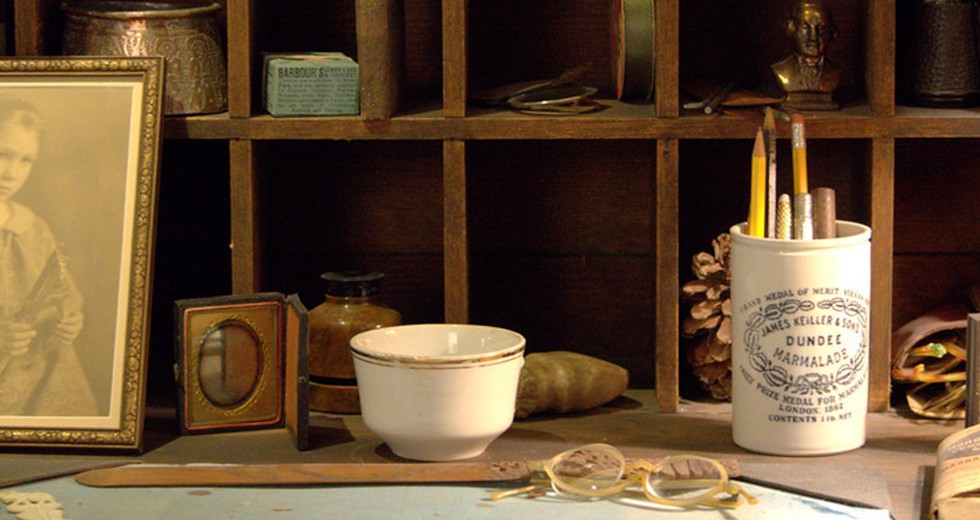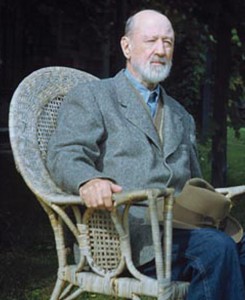
Followers of Charles Ives, rejoice! March 6 marks the opening day for the newly re-created Charles Ives Studio and an accompanying exhibit at the American Academy of Arts and Letters in New York City.
Ives, whose Symphony No. 2 will be explored in a new Beyond the Score production April 25 and 27 at Symphony Center, has been called — by no less than Leonard Bernstein, another great American modernist — “our first really great composer … our Washington, Lincoln and Jefferson of music.”
 After Ives died in 1954, his studio in his West Redding, Conn., home, where he composed many of his major works, went largely untouched. In 2012, his grandson donated the studio and its contents to the American Academy of Arts and Letters at 633 W. 155th St. in Manhattan. In its third-floor galleries, the academy has constructed a replica of Ives’ studio and has mounted a related exhibit about Ives’ life and work. The studio and exhibit will be open to the public, free of charge, on Thursdays through Saturdays from March 6 to April 22 and then from May 22 to June 15. Future hours will be determined.
After Ives died in 1954, his studio in his West Redding, Conn., home, where he composed many of his major works, went largely untouched. In 2012, his grandson donated the studio and its contents to the American Academy of Arts and Letters at 633 W. 155th St. in Manhattan. In its third-floor galleries, the academy has constructed a replica of Ives’ studio and has mounted a related exhibit about Ives’ life and work. The studio and exhibit will be open to the public, free of charge, on Thursdays through Saturdays from March 6 to April 22 and then from May 22 to June 15. Future hours will be determined.
“In re-creating the Ives Studio and preserving its contents in situ, our goal is to make this important documentary record permanently available to scholars and an interested public,” said Henry N. Cobb, the academy’s president, in a statement. The academy was founded in 1898 to “foster, assist and sustain an interest in literature, music and the fine arts.” Ives was elected to the academy in 1946, and in 1969, his widow, Harmony Ives, bequeathed his music royalties to the academy. Since then, this income has financed more 250 music-composition scholarships and fellowships.
For more on the Charles Ives Studio reconstruction, check out this feature in the New York Times.
Meanwhile, in a related interview with New York station WQXR-FM, the couple who purchased the Ives home in West Redding, Conn., insist that they plan to preserve the residence in its original design as much as possible. The controversy over the house’s sale — many Ives supporters and West Redding residents feared that the home would be torn down — “gave us a stronger sense of the import – of who Charles Ives was, and what he means to so many people” the new owners told WQXR.
PHOTOS: A detail (top) from the studio of composer Charles Ives. INSET: Ives outside his home in 1950.